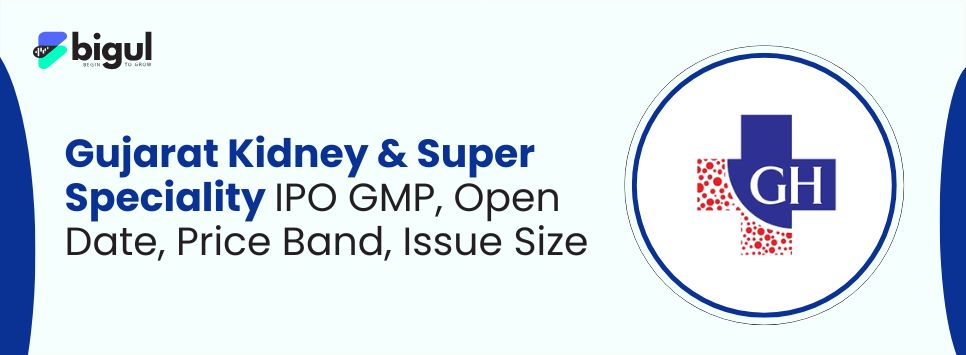Traditional Investment Avenues – Safe bets for the longer run!!
There is an old saying in the financial markets, ‘’a penny saved is a penny earned’’ but the saved penny, if not put to use, losses its value owing to inflation, which is the quantitative measurement of the rate at which the cost of living grows. The corrosive impact of inflation reduces the value of Rs. 100 to nearly Rs. 94 in a year’s time. Thus, it is wise to invest the saved money in the right channels. The investment scenario in India offers a range of investment avenues with varying tenure, risks and returns to match every individual investor’s needs. These investment tools are usually classified as ‘long-term’ and short-term’ based on the investment tenure or the ideal maturity period. Typically, investments made for less than a year are deemed as short-term investments and investments made for more than a year are known as long-term investments. Ideally, the tenure of investments do not define its returns, rather there is a direct relation between the risk and returns. Investments with higher risk tend to give higher yields.
Most investors want to make investments in such a way that they get sky-high returns as fast as possible without the risk of losing the principal amount. And this is the reason why many investors are always on the lookout for top investment plans where they can double their money in few months or years with little or no risk.
Classification of Investment Needs:
Financial needs are largely classified on the basis of a) financial goal, b) time frame and c) risk appetite.
Financial Goals: Financial goals are targets of required amount for a specific purpose in a certain period of time. The prioritizations of these specific purposes helps one differentiate between the needs and wants.
Risk Appetite: This is the level of risk an individual is willing to accept in pursuits of the financial goal. It also represents the balance between the potential benefits and threats to the invested amount. Risk appetite depends on factors such as age, financial commitments and availability of liquid cash.
Time Frame: This highlights the available time for achieving the target and accumulating the required amount for specific targets and the income needs. Ideally, a longer time frame provides greater flexibility to collect, grow and preserve wealth.
Based on these time frames financial goals are largely classified as ‘long-term’ and short-term’. Typically, investments made for less than a year are deemed as short-term investments and investments made for more than a year are known as long-term investments. Short-term investments are highly liquid in nature and are converted to cash in within a year, thus, they are also known as temporary investments. Long-term investments are made to be held for a period more than a year and in several cases more than a decade. Most of the long-term investment tools have a pre-decided, fixed maturity period. These factors make long-term investments a harder to liquidate and convert to cash.
However, the tenure of investments do not define its returns, rather there is a direct relation between the risk and returns. Investments with higher risk tend to give higher yields.
Short-Term Investments Options:
- Savings Account
- Bank Fixed Deposit
- Liquid Funds
- Equity
- Recurring Deposits
- National Saving Certificate (NSC)
- Post Office Savings Schemes
Long-Term Investments Options:
- Savings Bank Account
- PPF
- Equity
- Sukanya Samriddhi Yojana
- Bonds
- Mutual Funds
Your age will decide your investment portfolio:
| Age | Equity | Debt | Comments |
| 25-35 years | 80% | 20% | Include a life insurance and health policy in your portfolio for protection and tax deduction benefits. |
| 35-50 years | 75% | 25% | Start planning for retirement at this age and include a pension plan in your portfolio. |
| 50 years & Above | 50% | 50% | Invest in Annuity plan and in any monthly cash flow schemes so that the cash inflow is maintained after retirement. |
Our take:
In the above mentioned investment avenues, some are fixed income while some are market linked but both help the long term investors to yield good returns. While market-linked investment avenues help in navigating the volatility and price actions while the fixed income investments help in preserving the saved and hard earned wealth to meet the desired goal.







.jpg)
.jpg)
